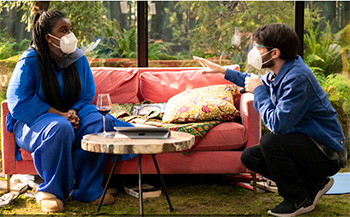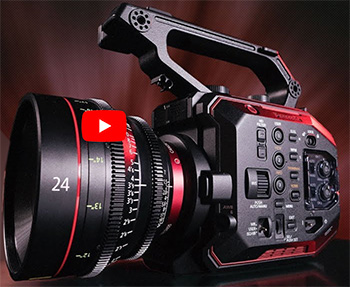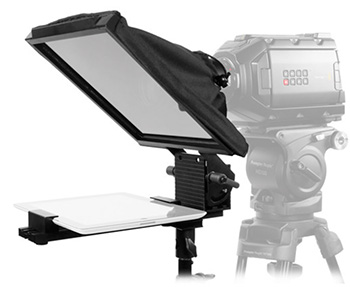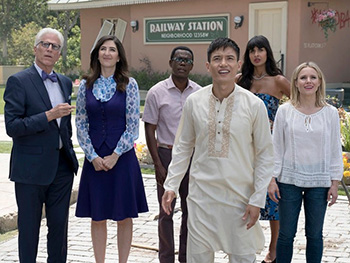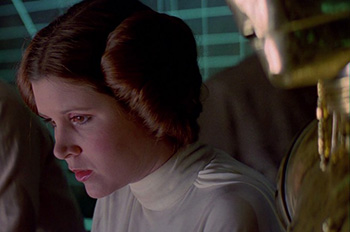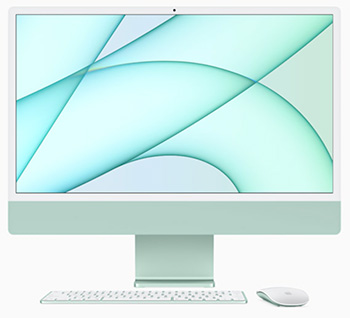… for Random Weirdness
Tip #1650: How to Make Your Script More Memorable
Larry Jordan – LarryJordan.com
The key to quotable is purpose and context.
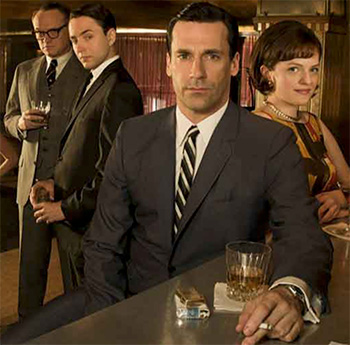

This article, written by Jourdan Aldredge, first appeared in PremiumBeat.com. This is a summary.
We all want to capture the zeitgeist – the imagination of the masses – with our projects. But, what exactly makes a film or TV show quotable and memorable? For many this answer will be subject to how they watch and remember their favorite shows and movies. However, there are certainly trends and techniques that make some films, shows, and specific moments and lines memorable.
With a few exceptions, most of the most quotable television shows come from standard sitcoms and other hybrid comedy shows. Whereas, interestingly enough, most of the most famous movie quotes come from dramas and romance films.
From a writing and filmmaking perspective, how does one go about coming up with great dialogue and memorable quotes? …Dialogue is all about purpose. Especially in television and shorter films, every line really needs to help advance the narrative in a significant way. Dialogue that serves no purpose is bad dialogue. Whereas, dialogue that advances the plot in a major way is good dialogue—and, more often than not, quite memorable.
Overall, creating memorable lines and quotable dialogue in your film and television projects isn’t just about the quotes themselves. Instead, it comes from the entire filmmaking process. It’s true that a good quote is only as good as it’s written. But, many famous lines and quotes have come from last minute rewrites and ad-libs.
EXTRA CREDIT
The article has three in-depth videos that discuss this in more detail, lists of famous quotes and a variety of links providing ideas on how to make your script-writing more memorable.


